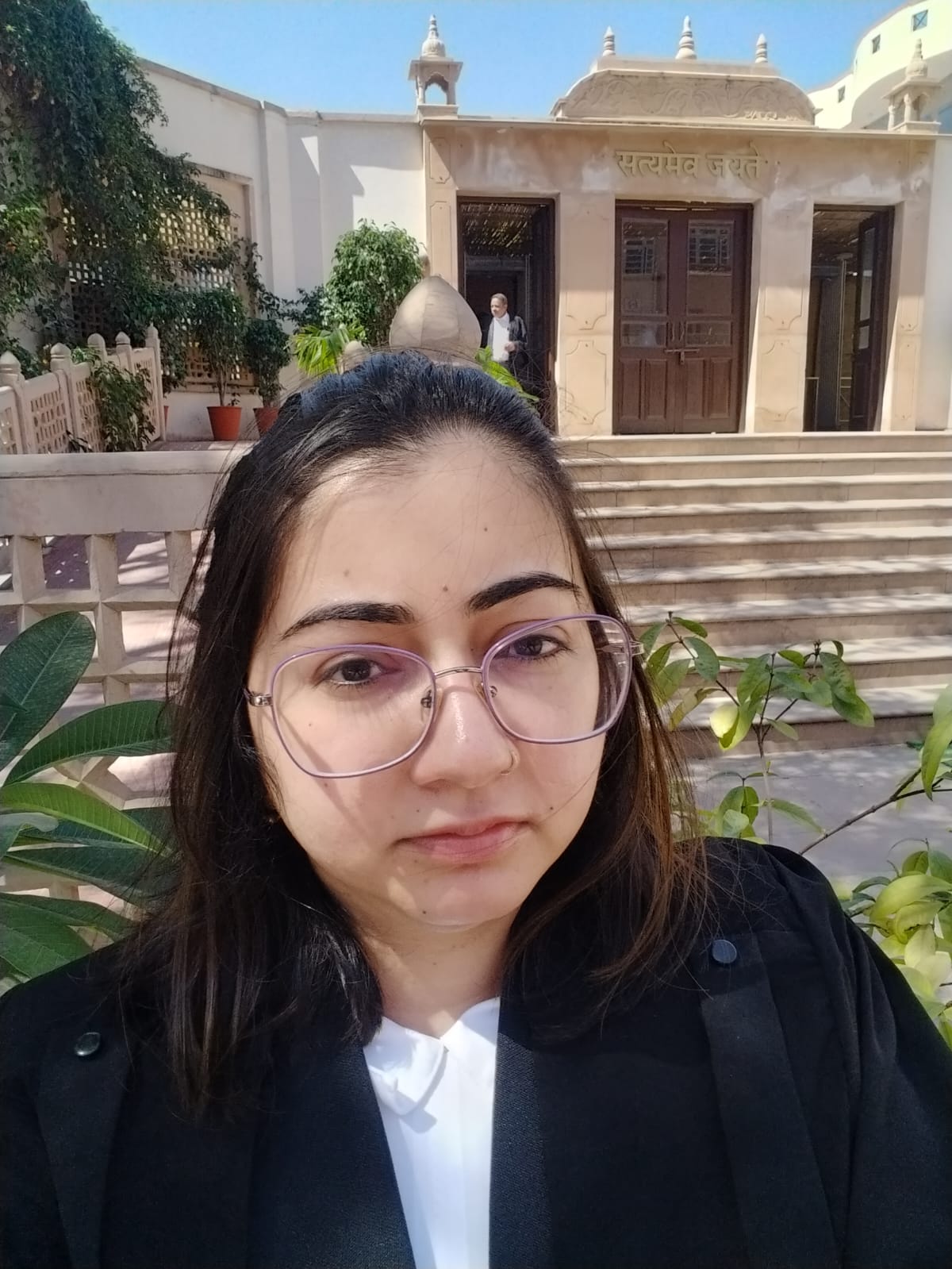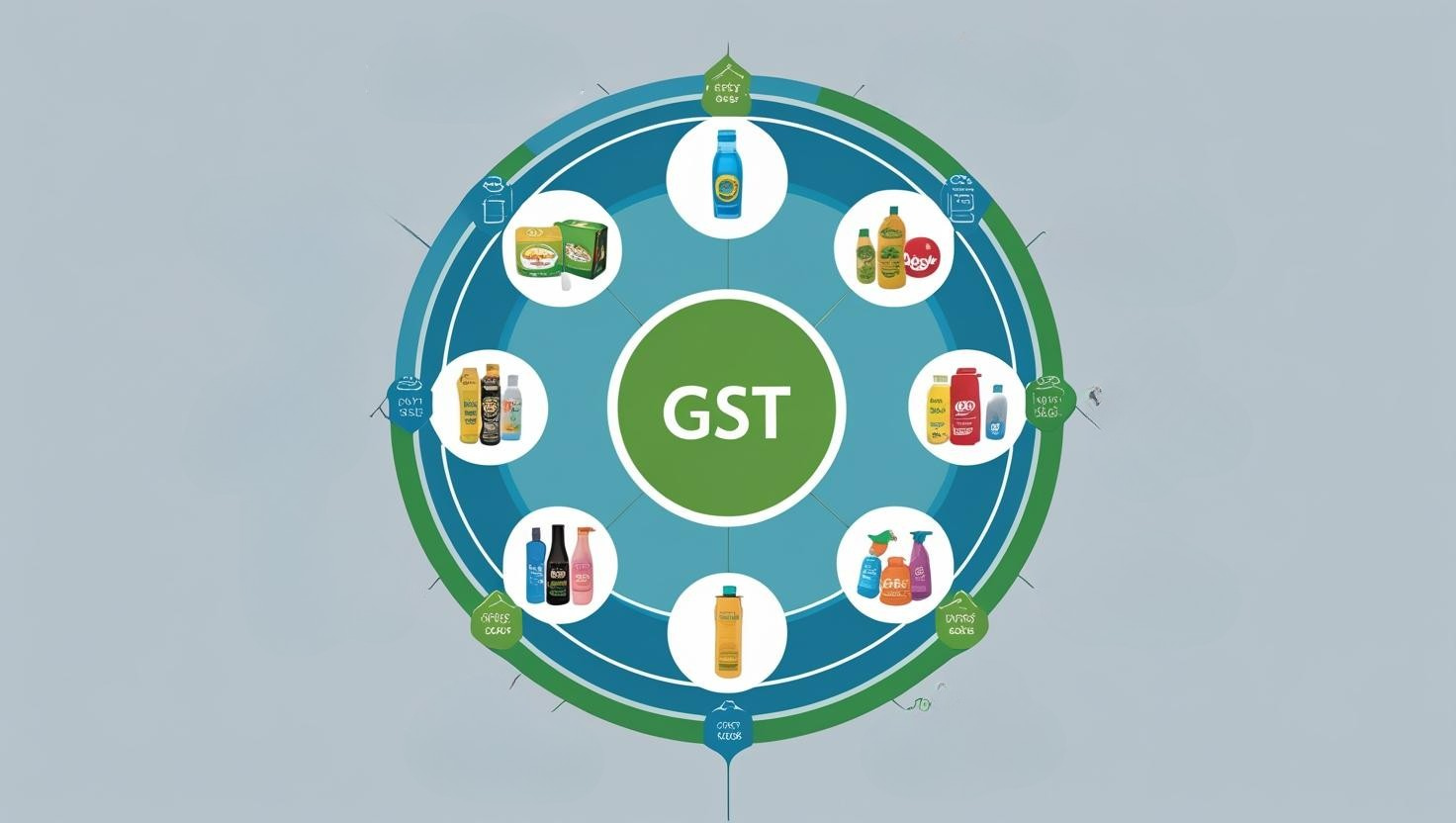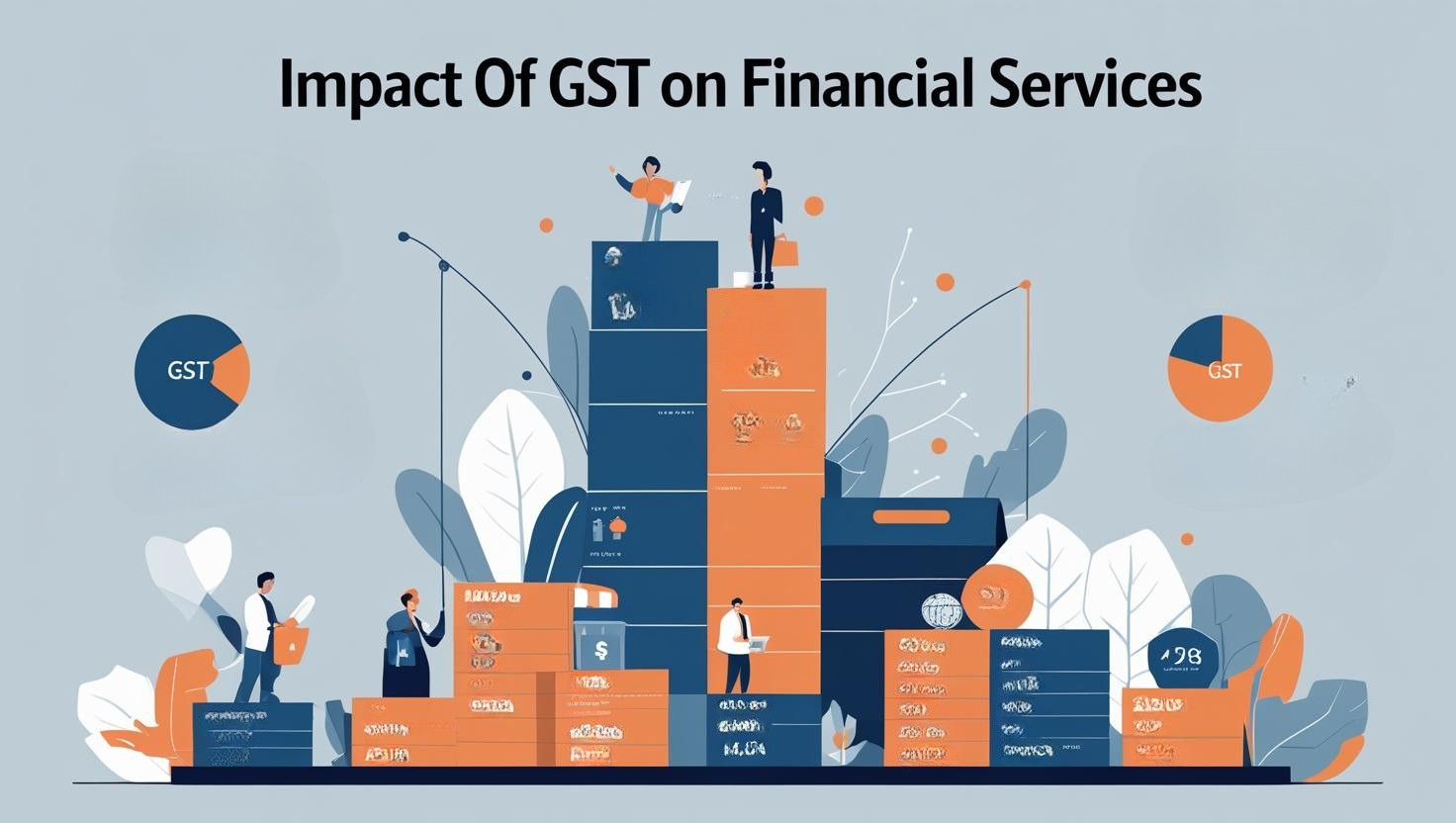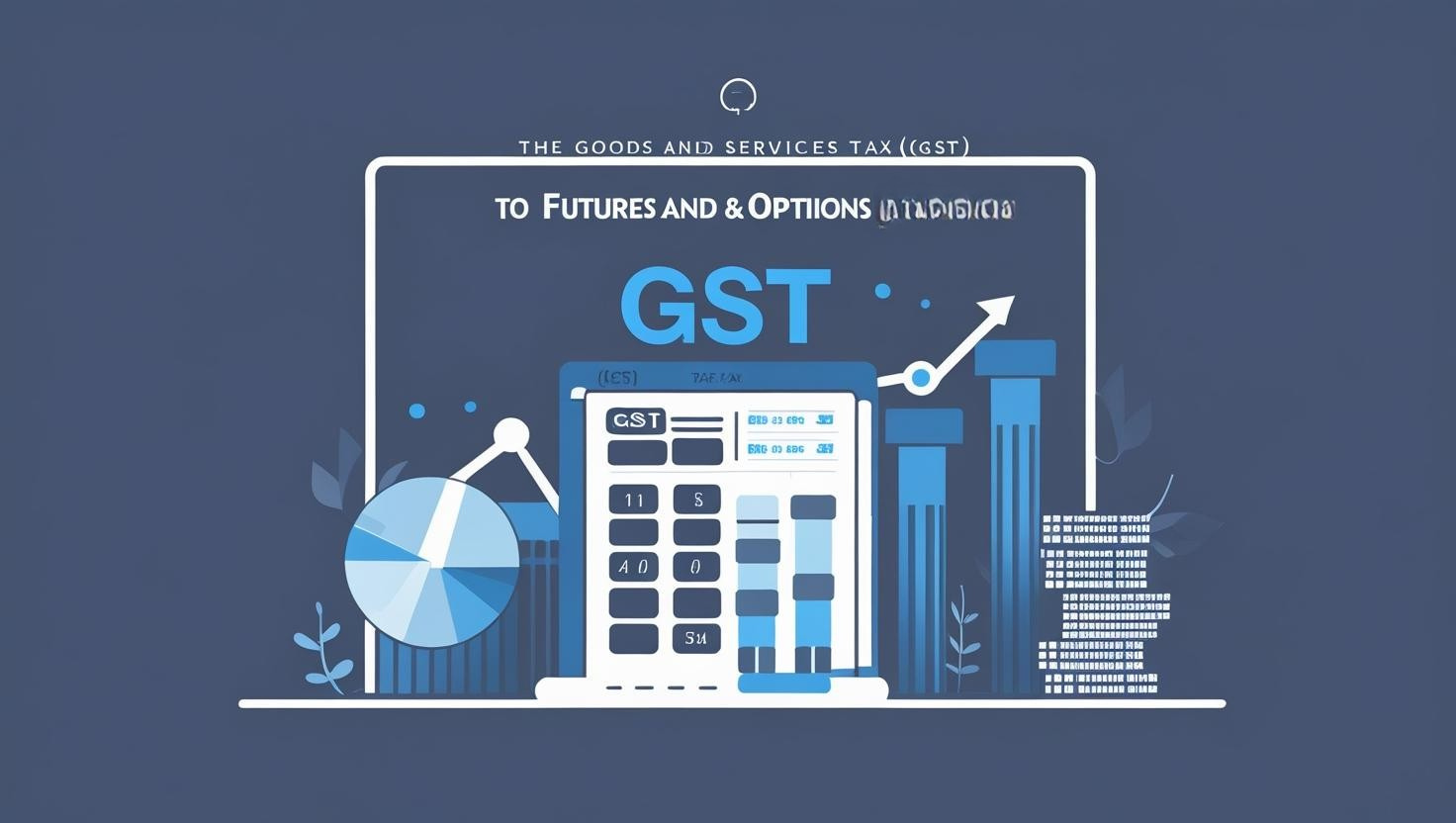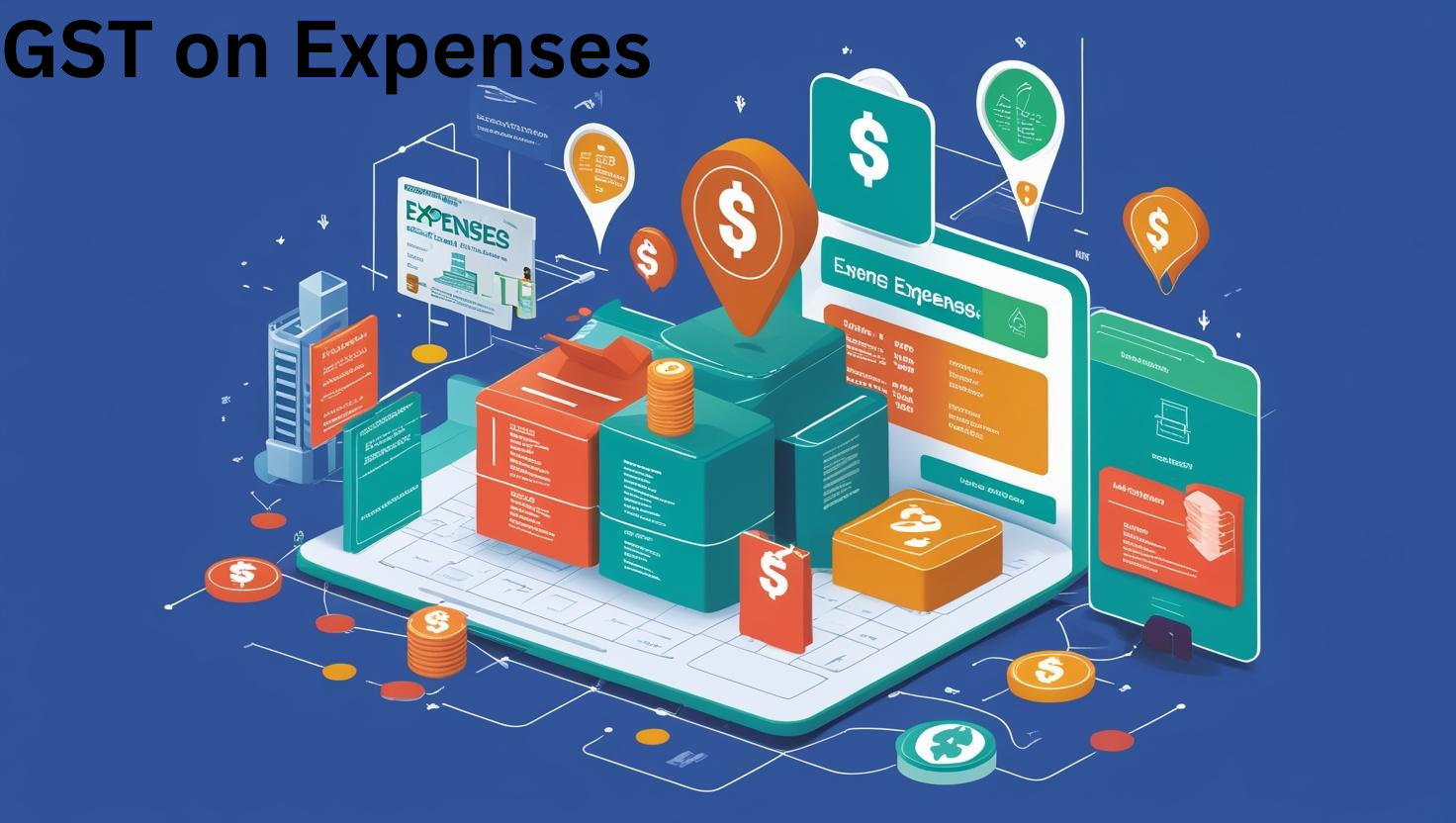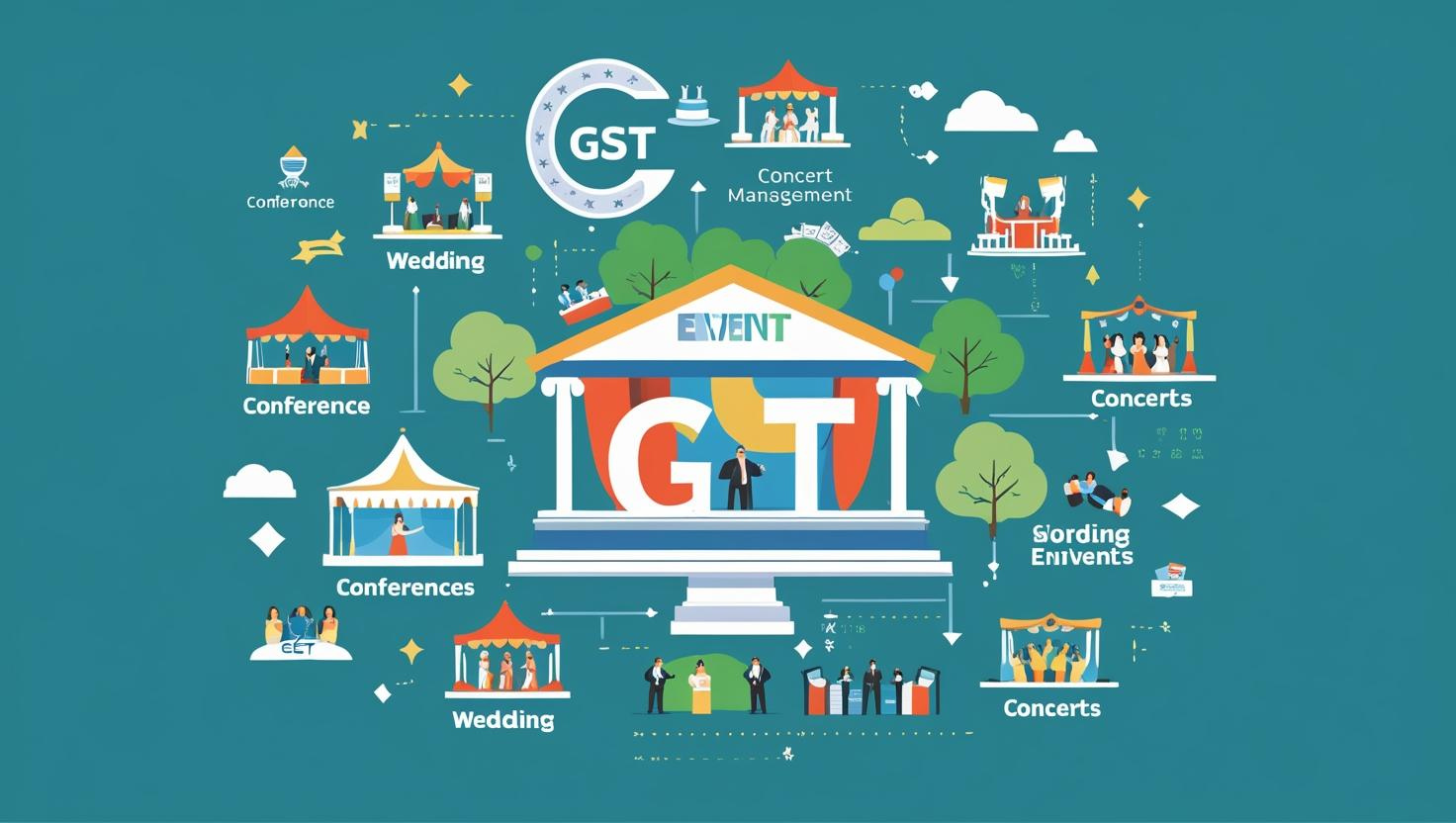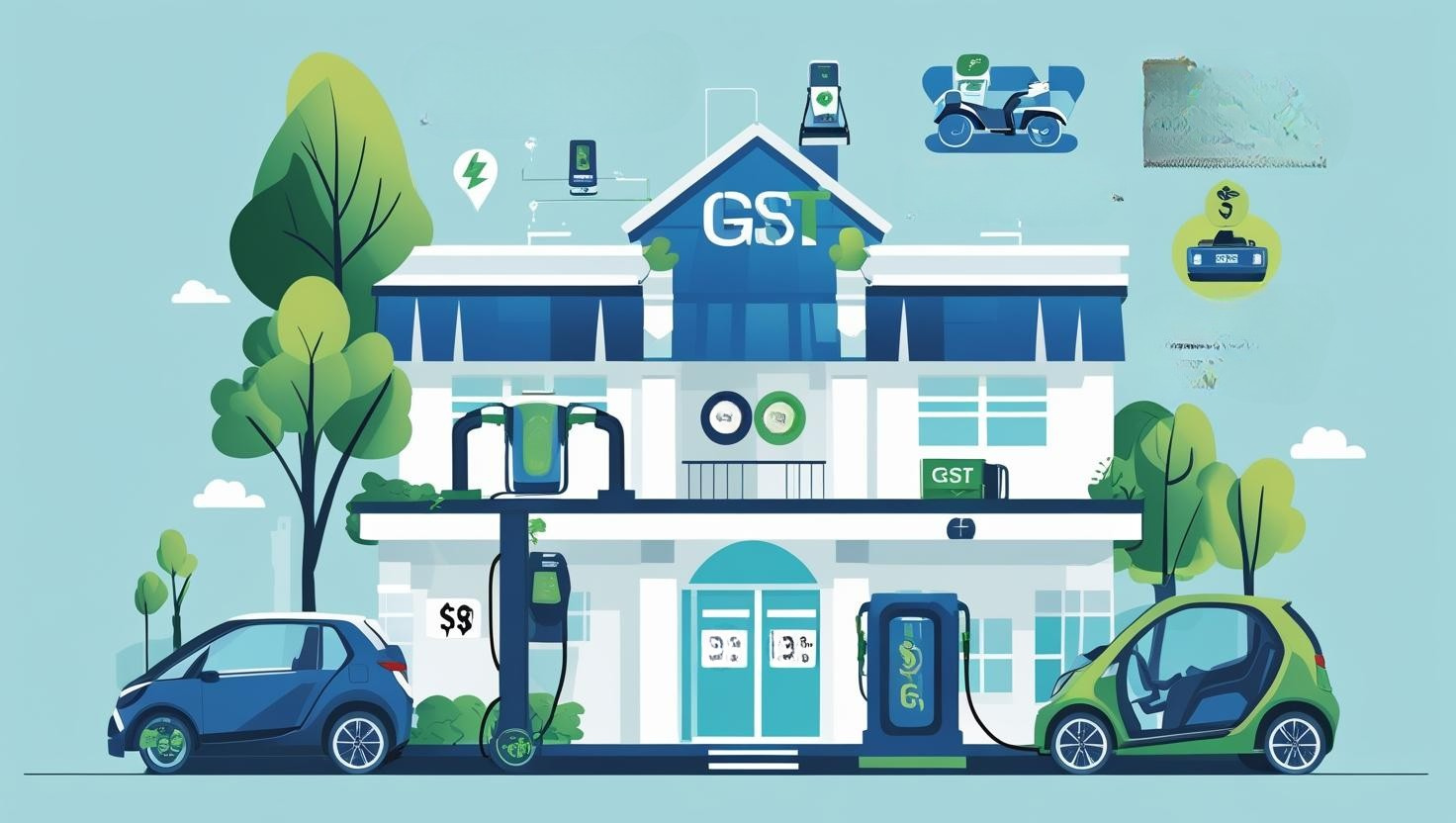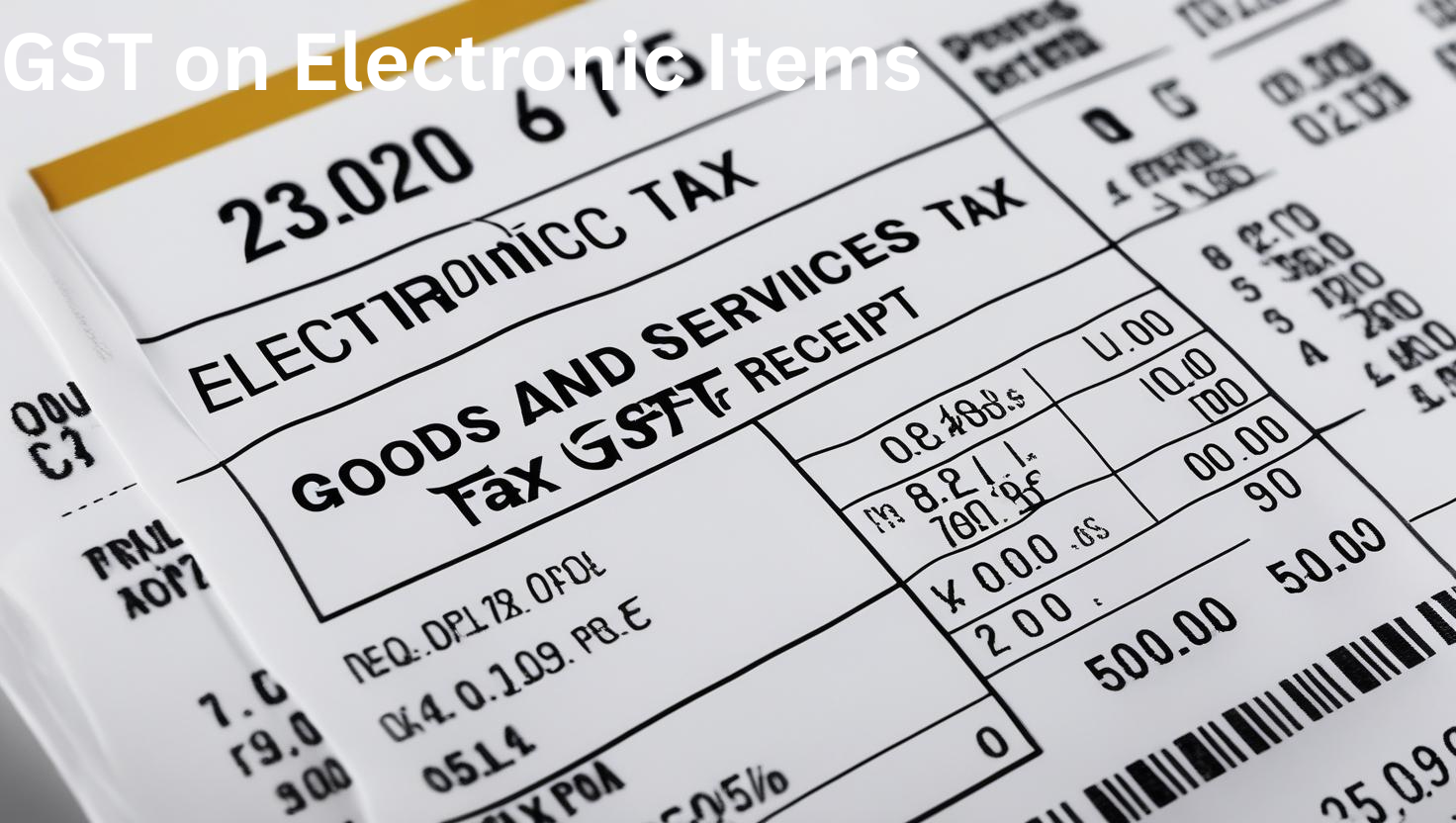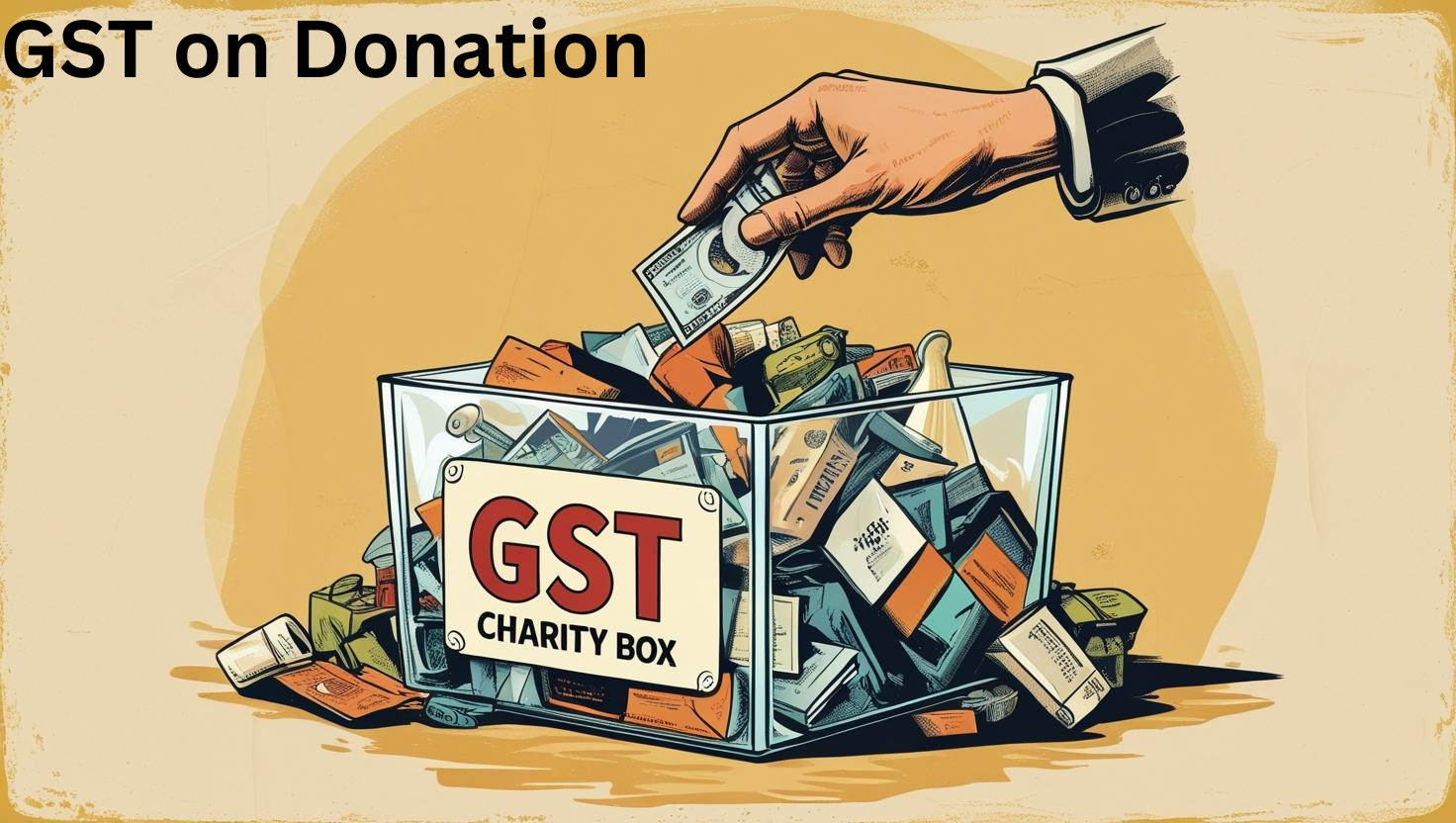GST on property in India refers to the Goods and Services Tax (GST) applied to real estate transactions, which was introduced by the Indian government in 2017 to harmonise global taxation frameworks. Before GST on flat purchase, multiple taxes like value-added tax (VAT), service tax, and central excise were levied on property purchases, making the process complex and less transparent.
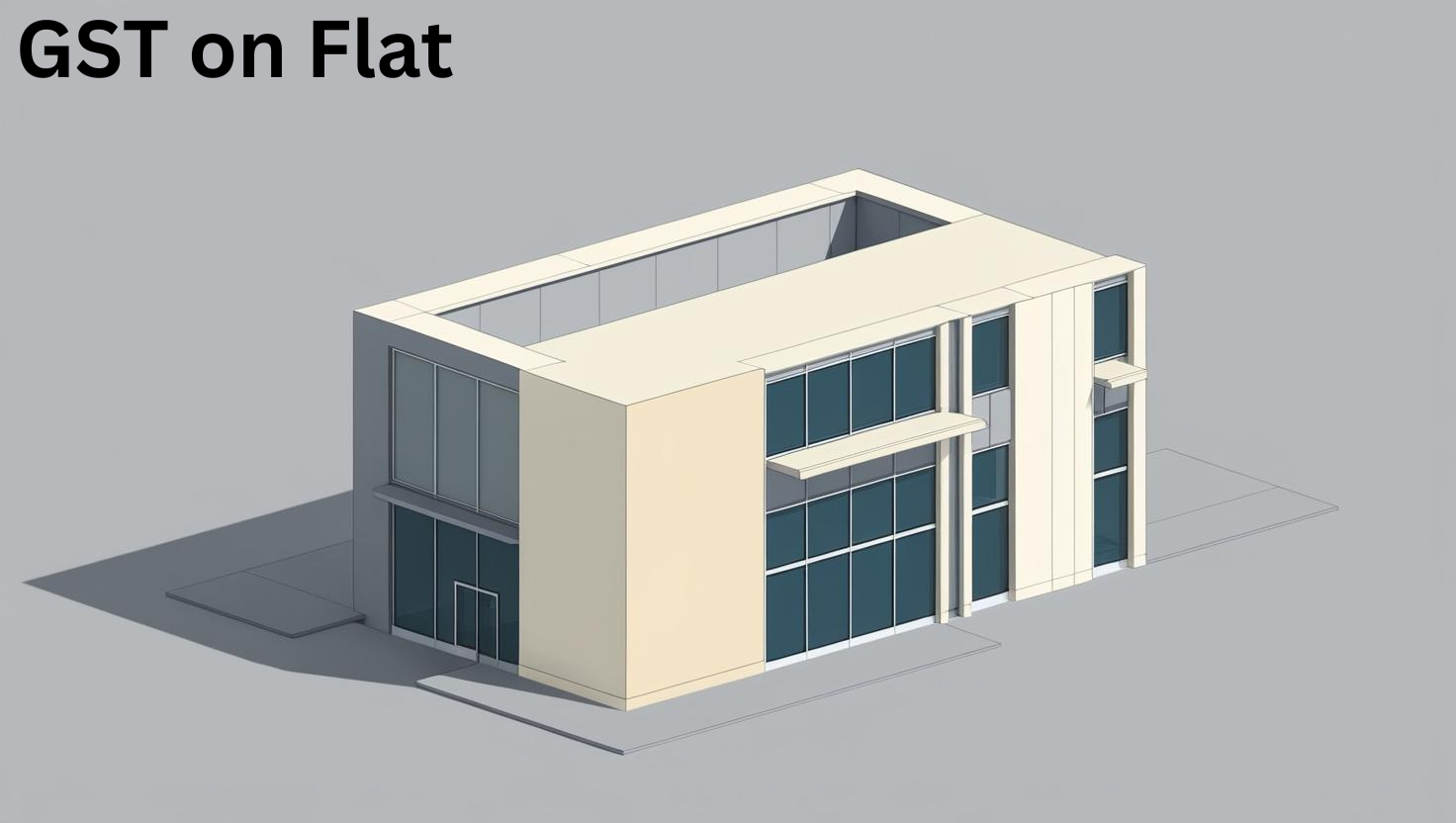
What is GST on Property Purchases in India?
GST applies to under-construction properties awaiting a completion certificate or ready for occupancy. Just like buyers, GST benefits developers as well. Before GST, developers were bogged down by a series of taxes–VATs, central excise, entry tax, you name it. To make things worse, they couldn’t claim refunds for their development costs.
GST Rates on Residential Properties and Flat Purchases
When it comes to paying GST, all residential properties can be grouped into the following two categories:
- Affordable housing: a house with a carpet area of up to 60 sq. meters in metropolitan cities and up to 90 sq. meters in non-metropolitan cities worth 45 lakhs minimum
- Non-affordable housing: Residential properties that do not meet the criteria of affordable housing
In India, you have to pay GST for under-construction properties, not for ready-to-move-in flats, with a completion certificate.
Here’s a breakdown of the old and the new GST regimes on different types of residential properties:
| Type of property | GST Rate (Before April 2019) | GST Rate (After April 2019) |
| Under construction (affordable housing) | 8% with input tax credit | 1% without input tax credit |
Under construction (non-affordable housing)
| 12% with input tax credit | 5% without input tax credit |
| Ready-to-move-in Properties | No GST | No GST |
Pre-GST Taxes on Flat Purchases
| Aspect | Pre-GST Structure | Post-GST Structure |
| Tax types | VAT, Excise duty, Service tax | Unified GST (CGST+SGST) |
| Rates for under-construction flats | 4.5% (Service Tax) + VAT (1%–5%, state-dependent) | 1% (affordable) or 5% (non-affordable housing) |
| Ready-to-Move Flats | No Service Tax, only Stamp Duty & Registration Charges | No GST, only Stamp Duty & Registration Charges |
Input Tax Credit (ITC) on Flat Purchases
Under Section 17(5)(d) of the CGST Act, taxpayers generally cannot claim ITC on GST paid for constructing immovable property for their own use (both commercial and residential). However, recent judgements have introduced some exceptions.The Supreme Court of India has ruled that if the construction of a property is essential for providing rental or leasing services, it could be considered a “plant.” This exception allows developers to claim ITC for GST paid on construction materials and services. The Court emphasized that this should be assessed case by case using a “functionality test.”
For residential properties, ITC cannot typically be claimed for flats intended for personal use. However, if the property is meant for rental purposes and qualifies under the plant exception, developers may claim ITC.
GST on Maintenance Charges for Flats
The applicability of GST on maintenance depends on two factors:
- The annual turnover of the housing society
- Maintenance charges per member of the society per month
| Condition | GST Applicability |
| Society’s annual turnover ≤ ₹20 lakhs, and charges ≤ ₹7,500 | No GST |
| Society’s annual turnover ≤ ₹20 lakhs, and charges > ₹7,500 | No GST |
| Society’s annual turnover > ₹20 lakhs, and charges ≤ ₹7,500 | No GST |
| Society’s annual turnover > ₹20 lakhs, and charges > ₹7,500 | 18% GST on the entire maintenance amount |
Also, please note that if the maintenance charge is Rs 10,000, GST will be applied to the entire amount instead of the excess of Rs 2,500.
| Included in ₹7,500 threshold | Description |
| Common area tax | Shared property taxes for maintenance |
| Sinking Fund | Funds allocated for major repairs/renovations |
| Security & Admin Fees | Costs for security personnel and admin work |
| Water & Facility Use | Charges for common water supply, clubhouse fees |
| Not included in ₹7,500 threshold | Description |
| Private Property Tax & Parking Fees | costs for personal-use areas like parking |
| Non-Occupancy & Share Transfer Fees | charges for specific circumstances like rentals or ownership transfers |
FAQs
Q1. GST on Government Housing Schemes ?
1% GST: Under major government schemes like Pradhan Mantri Awas Yojana and Rajiv Awas Yojana, the government has reduced the GST rate to 1% to ease the financial burden on homebuyers.
With low GST on these affordable projects, the government supports its goal to make it easier for people to buy homes.
Q2. How GST is Calculated on Flats?
- Start with the Base Price: Begin with the basic cost of the flat before any extras.
- Apply GST on the Base: For under-construction residential properties, GST is usually 5%. For affordable housing, it’s 1%.
- Add in the Extras: Any extra charges like parking, maintenance, or clubhouse fees are also subject to GST, so include these.
- Calculate Total GST: Add up all the GST amounts from the base and extra costs.
- Get the Final Price: Combine the base price, extras, and total GST to know what you’ll be paying in full.
Q3. Benefits of GST for Residential Real Estate?
- One Tax Nationwide: GST reduces the complexity by applying a single tax across India. So that both the developers and buyers can take advantage.
- Clearer Pricing: It removes the hidden fees and shows the actual tax portion in property prices.
- More Formal Transactions: GST reduces cash deals, promoting transparency and building trust in the market
Q4. Is there GST on flats below 45 lakhs?
Yes, flats below 45 lakhs attract GST @ 1% for qualifying under the affordable housing scheme.
Q5. Is GST applicable on the purchase of a new flat?
Yes, you have to pay GST for new flats. But, it is not applicable to ready-to-move-in flats.
Q6. Is GST levied on resale flats?
No, GST does not apply to resale flats.
Q7. Does the payment schedule affect the GST amount on a flat purchase?
Yes, GST is applied to each instalment based on the payment schedule.
Related Resources
